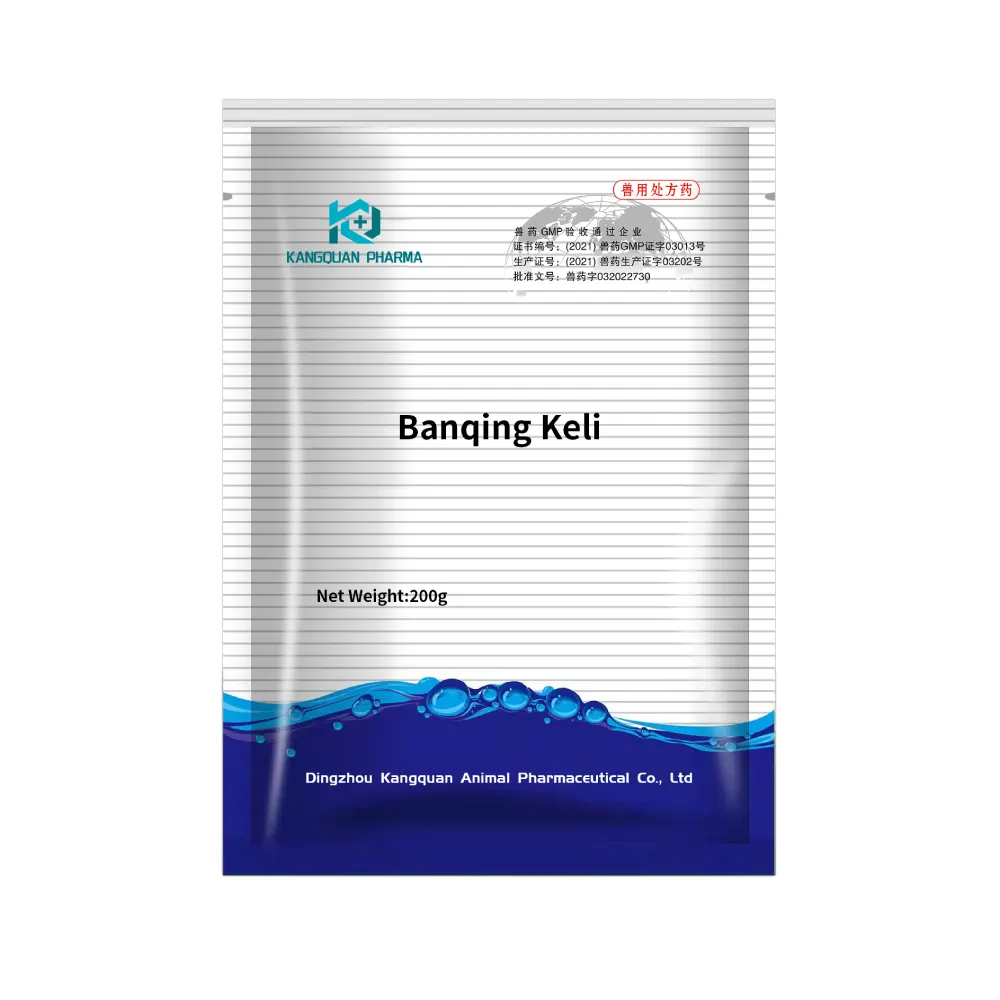- Afrikaans
- Albanian
- Amharic
- Arabic
- Armenian
- Azerbaijani
- Basque
- Belarusian
- Bengali
- Bosnian
- Bulgarian
- Catalan
- Cebuano
- Corsican
- Croatian
- Czech
- Danish
- Dutch
- English
- Esperanto
- Estonian
- Finnish
- French
- Frisian
- Galician
- Georgian
- German
- Greek
- Gujarati
- Haitian Creole
- hausa
- hawaiian
- Hebrew
- Hindi
- Miao
- Hungarian
- Icelandic
- igbo
- Indonesian
- irish
- Italian
- Japanese
- Javanese
- Kannada
- kazakh
- Khmer
- Rwandese
- Korean
- Kurdish
- Kyrgyz
- Lao
- Latin
- Latvian
- Lithuanian
- Luxembourgish
- Macedonian
- Malgashi
- Malay
- Malayalam
- Maltese
- Maori
- Marathi
- Mongolian
- Myanmar
- Nepali
- Norwegian
- Norwegian
- Occitan
- Pashto
- Persian
- Polish
- Portuguese
- Punjabi
- Romanian
- Russian
- Samoan
- Scottish Gaelic
- Serbian
- Sesotho
- Shona
- Sindhi
- Sinhala
- Slovak
- Slovenian
- Somali
- Spanish
- Sundanese
- Swahili
- Swedish
- Tagalog
- Tajik
- Tamil
- Tatar
- Telugu
- Thai
- Turkish
- Turkmen
- Ukrainian
- Urdu
- Uighur
- Uzbek
- Vietnamese
- Welsh
- Bantu
- Yiddish
- Yoruba
- Zulu
Dec . 09, 2024 17:09 Back to list
Tilmicosin Use and Benefits in Livestock Health Management
Understanding Tilmicosin A Key Player in Veterinary Medicine
Tilmicosin is a macrolide antibiotic that plays a crucial role in veterinary medicine, particularly in the treatment and prevention of respiratory diseases in livestock. Developed primarily for use in cattle, sheep, and swine, tilmicosin offers significant therapeutic benefits while also posing specific considerations for its safe and effective application.
Mechanism of Action
Tilmicosin works by inhibiting bacterial protein synthesis. It accomplishes this by binding to the 50S subunit of the bacterial ribosome, effectively interfering with the production of essential proteins required for bacterial growth and replication. This action makes it particularly effective against a wide range of Gram-positive bacteria and certain Gram-negative organisms, which are often responsible for respiratory infections in farm animals. Common pathogens that tilmicosin targets include *Mannheimia hemolytica*, *Pasteurella multocida*, and *Mycoplasma spp.*, which are notorious for causing pneumonia and other respiratory ailments in livestock.
Applications in Livestock
The primary applications of tilmicosin are seen in the treatment of bovine respiratory disease (BRD), a significant health concern in feedlot operations. BRD is often the result of infections that arise from environmental stressors, such as transportation, crowding, and abrupt changes in diet. By administering tilmicosin, veterinarians can help manage and control outbreaks, reducing the morbidity and mortality associated with these infections.
Besides its curative capabilities, tilmicosin is often used prophylactically in high-risk populations, helping to ensure that animals remain healthy during periods of stress. This preemptive use of antibiotics contributes to improved overall animal welfare and enhances productivity by reducing the number of sick animals.
Routes of Administration
tilmicosin 25

Tilmicosin is typically administered via injection or as a medicated feed. Its long half-life allows for less frequent dosing compared to some other antibiotics, which can lead to better compliance in treatment protocols. In injectable form, it is generally given subcutaneously, allowing for rapid absorption and onset of action. When used in feed, it is mixed into the feed or water, ensuring that a large group of animals receives treatment simultaneously.
Safety Considerations
While tilmicosin is effective, it is essential to consider its safety profile, especially regarding human health. Tilmicosin is not approved for use in food-producing animals intended for human consumption in some regions due to its potential toxicity in humans if exposed to high doses. The drug can cause severe cardiovascular effects, particularly in humans, which makes handling and administration a critical aspect of its use. Veterinary professionals and farm workers are advised to take precautions, including wearing gloves and avoiding direct contact with the drug.
Resistance Concerns
As with any antibiotic, the emergence of resistance is a growing concern in veterinary medicine. The over-reliance on antibiotics like tilmicosin can lead to the development of resistant bacterial strains, making infections harder to treat. To combat this issue, veterinarians and farmers should implement comprehensive antimicrobial stewardship programs that include responsible use of antibiotics, regular monitoring of herd health, and the integration of management practices that reduce disease incidence.
Conclusion
Tilmicosin is a vital tool in the management of respiratory diseases in livestock, providing both therapeutic and preventive options to ensure animal health and productivity. Understanding its mechanisms, applications, and safety considerations is crucial for veterinarians and farmers alike. By employing responsible usage practices, the veterinary community can continue to leverage tilmicosin effectively while mitigating the risks associated with antibiotic resistance. Through informed application, tilmicosin can contribute significantly to the prosperity of the livestock industry and, ultimately, to food security and public health.
-
Guide to Oxytetracycline Injection
NewsMar.27,2025
-
Guide to Colistin Sulphate
NewsMar.27,2025
-
Gentamicin Sulfate: Uses, Price, And Key Information
NewsMar.27,2025
-
Enrofloxacin Injection: Uses, Price, And Supplier Information
NewsMar.27,2025
-
Dexamethasone Sodium Phosphate Injection: Uses, Price, And Key Information
NewsMar.27,2025
-
Albendazole Tablet: Uses, Dosage, Cost, And Key Information
NewsMar.27,2025













